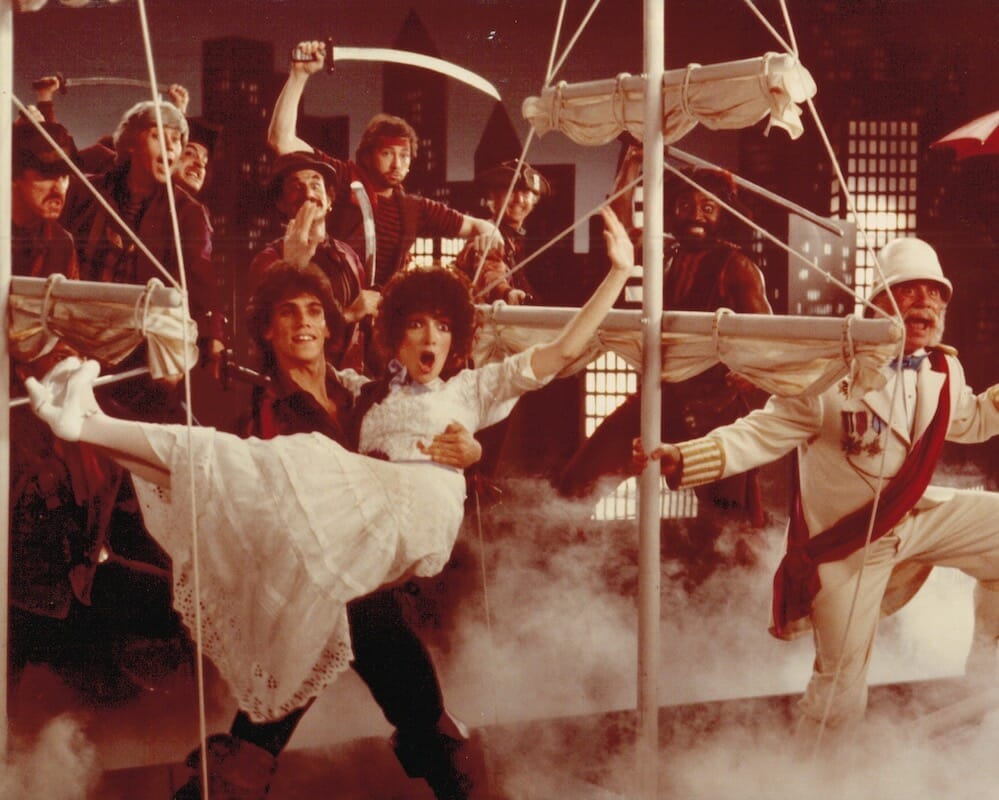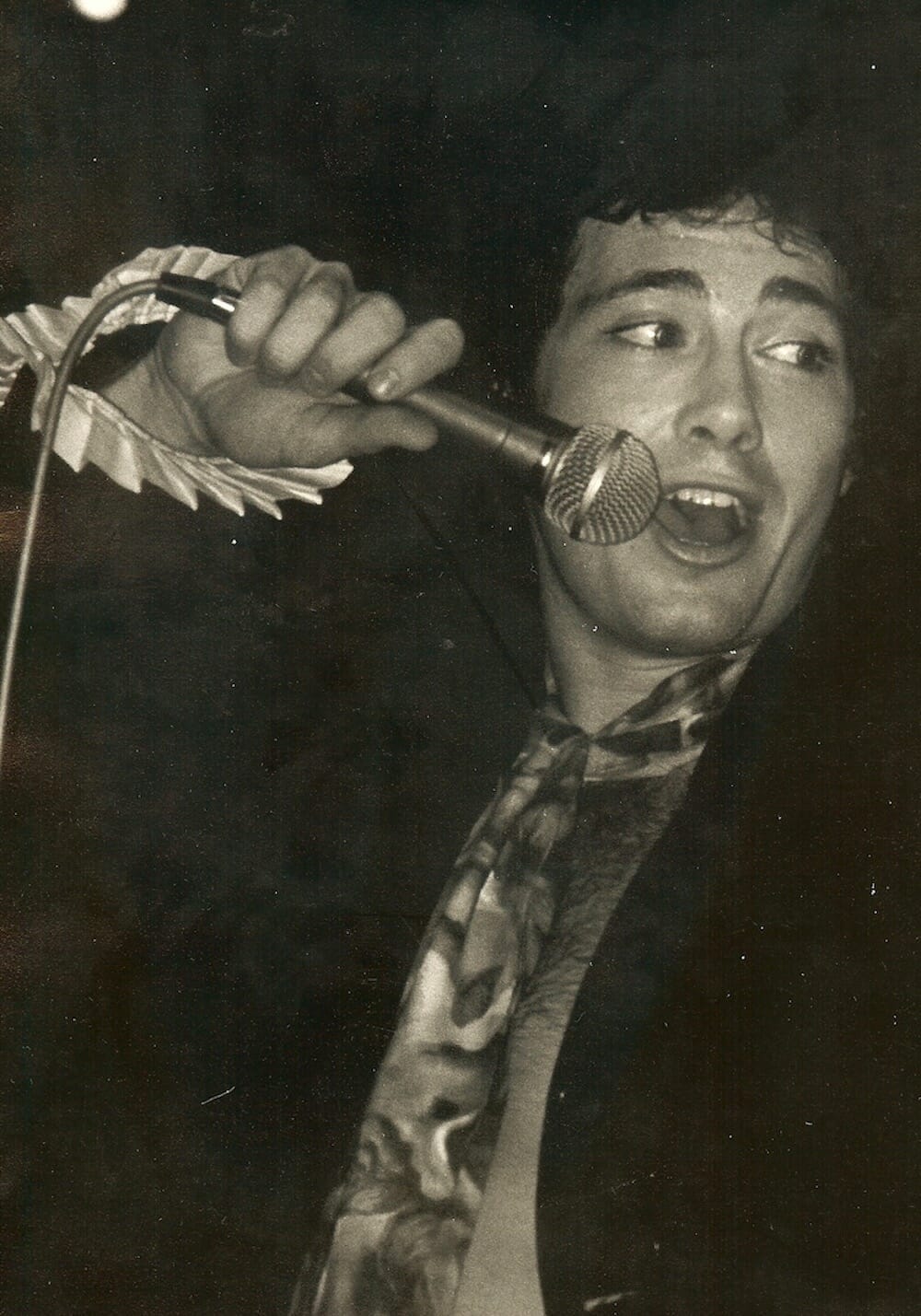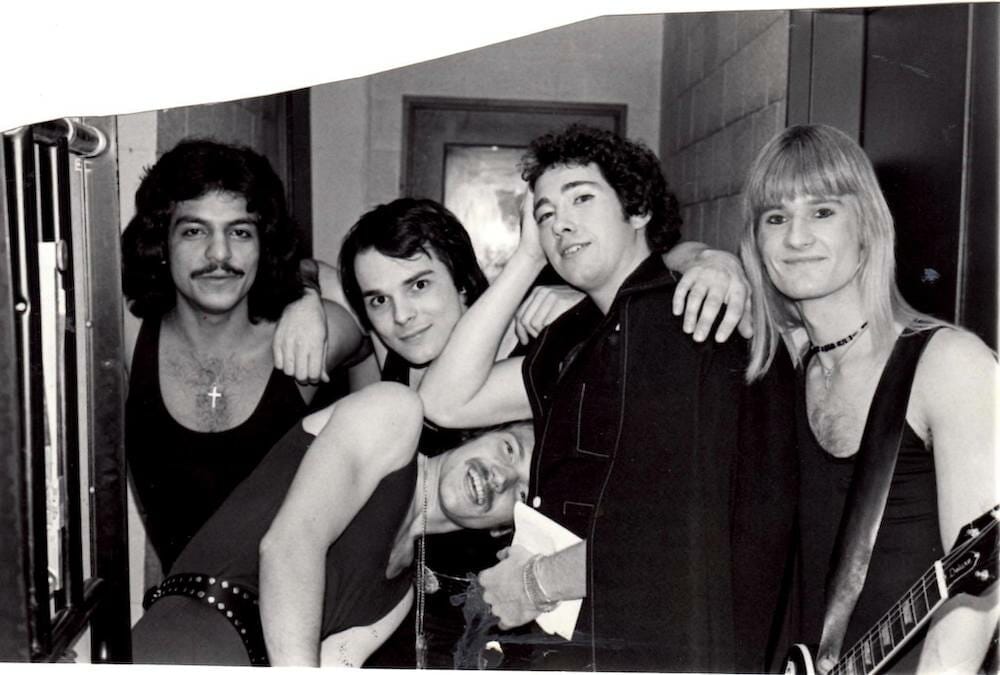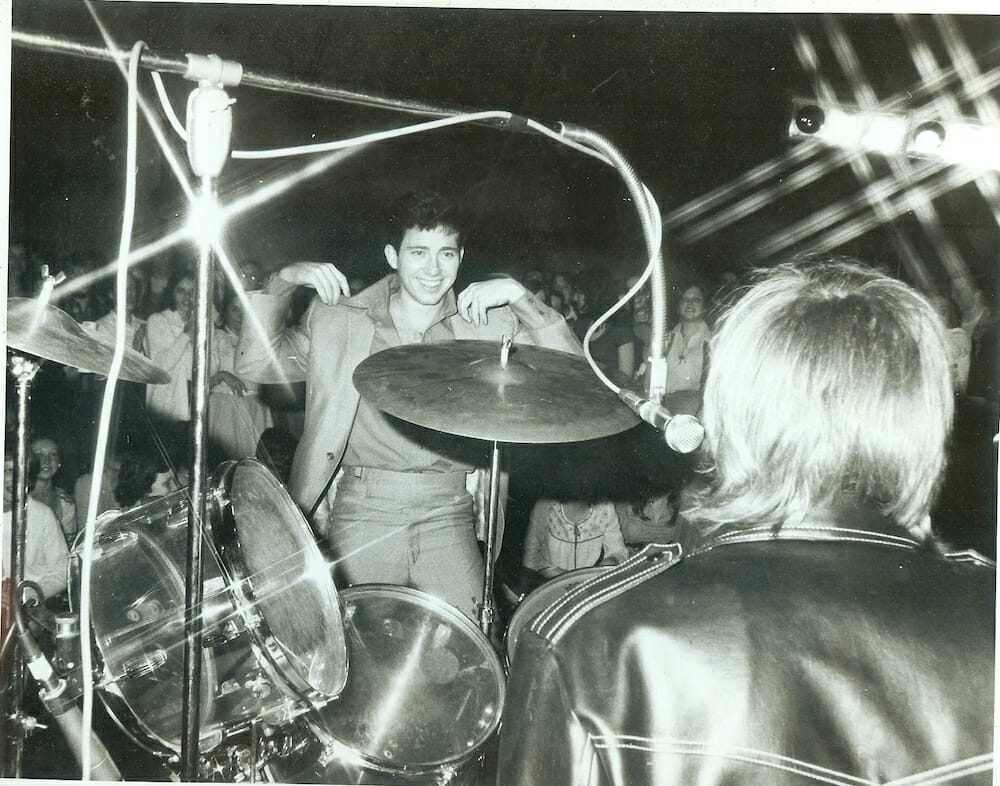Recently Picture This Post was sent news about something called the LADUCA PALETTE, which features a more diverse selection of character shoes’ skin tone shades designed for the BIPOC Community.
Editor’s Note: Character shoes are the ones worn by Broadway dancers that allow them to do the heel-clicks, stomps and similar moves typical of the Broadway dance genre. Non-dancer civilians might see them as MaryJane shoes with heels.
Was this news just an example of corporations cashing in on #BLM as some movement leaders fear, or is something else at work to explain this newfound concern? As it turns out, LADUCA PALETTE is one of many passion projects for a former dancer turned dance shoe maker and maven, Phil LaDuca, or The Godfather of Jazz, as he is reportedly nicknamed in Russia.
Here, Picture this Post (PTP) speaks with LaDuca Shoes founder Phil LaDuca (PL) on the roads through Russia, the Superbowl, Broadway and beyond that gives another picture of life after professional dancing, and for many of us, a snapshot of another entertainment era.
(PTP) When did you start dancing?
(PL) I can’t say when I started to dance, except rather that I always was dancing. When music would play, I moved to the music as my body felt it. There was no formal training or learning dance steps, it was more learning movements to music. Nonetheless, it was my introduction to dance and musicality. Later in my teens, it was neighborhood street dancing. Professionally, I started to take dance classes at 19 years old – very late for a dancer.
What styles of dance did you do?
The street dancing back in my day was the social dancing of the times— the shing a ling, the watusi, the boogaloo, although we never called them by name or knew that they were defined styles of dance. We just moved to the music which was pretty much Motown, Temptations, Four Tops, Sam and Dave, and Wilson Pickett. I had a natural infinity for music and rhythms. Later, knowing that I had to have formalized training to become a professional, I started to take ballet classes and jazz dance classes (which I hid from my Chicago southside gang).
Can you talk a bit about your inspiration to pursue the arts, despite not being surrounded by it?
I remember the first time I was on a stage and how the moment impacted me. Chicago’s southside, where I’m from, was not a hotbed of dance and theater. The northside of Chicago might as well have been the other side of the moon. It was as distant and exotic as Paris, London or Rome. It had museums, nightclubs, jazz bars, theaters, the Opera House, dance. Well, at seventeen years old, for whatever reason, I wanted to impress my then girlfriend, Nancy, by splurging. To showoff how forward thinking I was, I took her to see the musical Godspell, with Joe Mantegna playing Judas) I honestly cannot say why, except it was fate. Here we were on the northside, perhaps at Blackstone Theater, and at intermission the audience was invited to come up onstage for refreshments. We went up onstage, I turned around, looked out at the lights and the audience and said, “This is where I belong.”
It was a very confusing time for me as I wanted to fit in, but the violence and racial tensions at the time were very difficult for us all to grow up in. I retreated many times to my basement, where I taught myself to sing along with recordings of Frank Sinatra, Tony Bennett, as well as the original movie soundtrack from West Side Story, which literally changed my life. I knew every song, every line. Because it was about street gangs and racial conflict, it reflected what I was going through and helped me through a very difficult time. In all honesty, if my parents had not bought that album, I would not be where I am today.
Later, when I started college at DePaul University where I was studying pre-law, I needed some easier adjacent classes, and determined to take an acting class. Well, the first show I auditioned for was of course, West Side Story. I got the part of Tony, and well, as they say, the rest is history. The southside gang even came, proudly to cheer (and heckle) me!
Against my parent’s wishes, I decided to leave school and pursue a life in theater. It was about the same time that I saw an ad in the newspaper looking for a lead singer for a rock band. I auditioned and started to sing and front for the band, Quarry, spending the next few years bouncing between the rock band, cleaning dance studios on a scholarship to cover my dance classes, and auditioning for shows. I was barely supporting myself by living on bananas and beer, literally hand to mouth. It was definitely the poorest time of my life, but without a doubt, one of the best times of my life.
I was studying with the likes of jazz masters Gus Giordano, Joel Hall and then under the tutelage of Lou Conte, founder of Hubbard Street Dance Company (HSDC). Although I was never officially a member of HSDC, I was there at the outset of Lou’s creation of the company and will always be grateful to Lou and all the company members and teachers who helped mold me into a true jazz dancer. I also appeared (as a distant, distant third cousin thrice removed to Juliet Capulet) in the ballet Romeo and Juliet with the legendary Rudolf Nureyev, and a Fallen Angel in Paradise Lost for the Lyric Opera. This was another marvelously poor, yet fabulous time in my life. The riches and rewards from this period in my life were indeed priceless, and still resonate with me.
The next phase of my professional career came when I traveled to St. Louis where I landed the shows – and my Equity/ professional union card – Brigadoon and Huck Finn at Muny Opera. From there I made the big leap to New York City. In New York I was fortunate enough to have danced for Lee Theodore and the American Dance Machine. I also became a disciple of Phil Black, who taught me what Broadway jazz was, and Bob Audy who showed me how to become a true song and dance man. My ensuing New York/Broadway career followed, highlighted by appearing in Brigadoon for Agnes DeMille (with fellow sword dancer, Jerry Mitchell), Pirates of Penzance with Kevin Kline, and as the original understudy for the Gene Kelly role in Singin’ In the Rain for Twyla Tharp. I also toured in Camelot with Richard Harris and played the lead in Me and My Girl as Bill Snipson.
How, when and why did LaDuca Shoes get started?
The seed was planted in my brain whilst I was trying on shoes for Singin’ In the Rain’ on Broadway. I remarked that I could not point my feet in them and was consequently told, “This isn’t Swan Lake.” Nonetheless, the demands of Twyla’s choreography along with the original tap numbers were Olympian in their athleticism. It is important for readers to understand, ballet is the foundation for Broadway and concert dance –even hip hop dancers take ballet classes. Ballet sets the body up for the disciplines needed to become a professional dancer, starting from the feet up. Ballet, concert, modern, contemporary and many folk dances are done either barefoot or with soft, very supple slippers. This is so the dancers can feel the floor, and better articulate their feet. These shoes are critical to giving dancers the ability to work through their toes, metatarsal, arch and heel with as little damage done as possible.
Just like professional athletes, dancers push their bodies beyond what would normally be asked of them. It feels like pushing the envelope, and hoping you do not break it. But, sometimes we do. Thus, I realized that although most everything else in the industry from fabrics to designs to lighting and sound boards, to microphones, costumes, wigs and more, had evolved – everything except dance shoes. Outside of the aesthetics of the shoe, the basic functionality of character shoes hadn’t changed in hundreds of years –including character dance shoes. Though beautiful and well made, they were not ‘dance shoes,’ merely beautiful, well-made shoes used for dancing.
It would be similar to asking Tiger Woods to play 18 rounds of golf in sneakers. He could and probably still will play well, but tell me that the golf shoe hasn’t evolved over the last 50 years? It has, and I felt that character dance shoes needed to change/evolve as well. Unfortunately, I personally had suffered injuries and ensuing corrective surgeries throughout my career. This was also a great impetus pushing me to create shoes that would better protect dancers.
What were your goals when you began working on Broadway?
I was in such awe, all I wanted to do was soak it all in. I wanted to do as many shows as I could, I was restless and as my ballet teacher, Walter, would often say, “youth is wasted on the young.” I really had not learned how to appreciate the precious little time one has on Broadway. I loved that time in my life; I loved taking classes and I even loved the auditioning process.
What were your aspirations when you opened LaDuca Shoes, and do you believe you’ve met those goals since?
I am just someone who realized that shoes could be better. Art comes in all shapes, manner and forms; free style poetry, rap, dresses made out of recycled cans. There is no high art, only art. There are no limitations. I was fortunate enough to have found an art form, a creative outlet, after my dancing days were over. The love, respect and appreciation for my shoes is worth far more than the applauds I received as a performer.
Realizing that there was a need not being addressed, all I ever wanted to do was create the best possible dance shoe. I had no intention of starting a company! But when I presented my designs to other companies, they were not interested. I owe them a large debt of gratitude for turning me away. Thankfully, not to be deterred, I put all my life’s savings into creating the world’s first flexible character shoe and well, that’s showbiz!
First and foremost, I am a dancer. Like any dancer, you never stop trying to perfect your craft. I carried that same discipline into all other creative pursuits. It doesn’t matter if it’s shoes, bricks, a new app, or simply a change of heart or a kindness, just take a chance. Dare to be different. Dare to stand out. Become a positive force. A positive change. Make yourself proud and in doing so, you will make us all proud.
For more information visit the LaDuca Shoes website.










